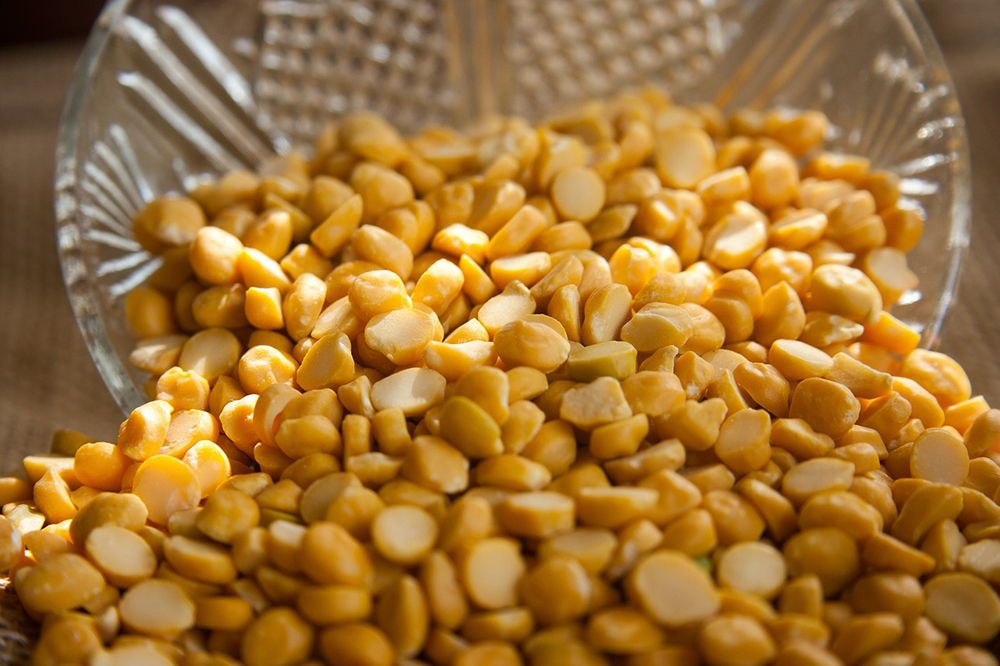By Kim Adelson
When I first moved to New Zealand, I was continually shocked at the price of food. Tomatoes could run $7-8 a pound and a whole chicken might cost upwards of $20. (Some items, such as apples, kiwis, and a type of local chard were relatively inexpensive, but in general food felt like an extravagance.) Food prices were a frequent topic of conversation of us expats, and every American I spoke to said that living there changed our relationship with food. To be precise, we learned to appreciate it more and to savor each mouthful.
Although prices have been rising, Americans are lucky in that (home-cooked) food in this country accounts for a smaller percentage of the average household’s budget than in any other country in the world: 6.4% in 2016 (World Economic Forum). This low cost makes it easy for many of us to take food for granted. However, all food is expensive – if not so much on our wallets than certainly on the environment. Food production is responsible for 30% of global greenhouse gas emissions, takes up 40% of the Earth’s land surface, is responsible for 70% of human water usage, and encourages the introduction of harmful chemicals into the environment. To make matters worse, because of improving standards of living and continuing population growth, by 2050 we will need to produce 60-70% more calories than we do now to adequately feed the world’s people. The carbon emissions that will ensue from increased food production, especially if as projected more and more people from the developing world switch to more heavily-meat-based diets, is by itself enough to drive us above the climate targets set by the Paris Agreement (World Resources Institute).
I know that it’s not news to most of you that red meat is far more environmentally costly than other food stuffs, and that is true for all four of the aforementioned reasons. Dairy, eggs, pork, fish and chicken fall in the middle, while plants and plant-based products incur the smallest environmental cost. For example, producing 1 ounce of protein in the form of beef uses up 20 times more land and emits 20 times more greenhouse gases than producing that same one ounce of protein by farming beans or lentils; chicken and pork require about three times the land and produce about 3 times the greenhouse gases than plant-based proteins.
These facts, I think, tend to lull us into believing that the environmental cost of growing crops is small when it is not. While the average American ingests about 2-3 liters of water and other beverages daily, producing the food that each of us eats every single day requires 2000-5000 liters of water (depending upon one’s food choices). Given that with climate change drought conditions will likely be more common and heat more extreme, moving towards foodstuffs that require less water to grow seems a good idea. How to do this?
- Reduce meat, especially red meat, consumption.
- Nuts – not just almonds, but walnuts and pistachios as well — require relatively large amounts of water to grow. They are nutritious, and we should eat them, but perhaps in smaller portions and with more mindfulness.
- Fruits in general demand more water than vegetables, but the amount they need to grow varies a good deal. For example, melons and berries take relatively little water to produce (counterintuitive, I know) while mangoes and cherries require more.
- Lentils and beans require even less water than vegetables and are full of protein as well, so try to add more of them to your diet.
- Try adding some plants to your diet that grow well in dry climates and need little water, such as nopales (prickly pear cactus).

In addition to water usage, some crops pollute because they produce high amounts of methane as they grow. Rice is the most notorious in this regard, and this is important because it is the single most commonly consumed food on the planet, accounting for more ingested calories than any other foodstuff. Conjure up a rice farm in your mind. If you’ve ever seen one, you know that rice is grown in flooded fields (paddies). Unfortunately, the standing water fosters the growth of bacteria that release large quantities of methane into the air, and so rice production alone accounts for 2.5% of the world’s methane production. Recently, farmers have discovered that allowing their paddies to dry out in the middle of the growing season reduces methane production by about a third and this practice is spreading. A great idea, right? Unfortunately, no: doing so does reduce methane release but also sharply increases nitrous oxide production – and nitrous oxide, while not talked about as much as methane and not as frequently measured, traps heat about 300 times as efficiently as carbon dioxide.
- Consider putting barley, polenta or millet under your casseroles and stir fries.
Farmers in the United States spread more than half of the pesticides used in the entire world (Pesticide Action Network), and our use has gone down only slightly over the past 15 years. Pesticides (including herbicides) are significant contributors to greenhouse gas pollution, especially those that are fumigants.
- Organic produce is grown with significantly fewer pesticides (Consumer Union), and so you might want buy more of it. As a bonus, your health/body will thank you if you do. If you only want, or can only afford, to buy organic some of the time, selectively buy organic versions of the “dirty dozen”: celery, peaches, strawberries, apples, domestic blueberries, nectarines, sweet bell peppers, leafy greens, cherries, potatoes, imported grapes, and lettuce. These plants may not require more fertilizer/pesticide than other food crops, but they absorb the most and hence expose you to the most when you eat them.
An additional source of pollution associated with foodstuffs comes from the fuel needed to transport them. Transportation, which accounts for about 10% of the greenhouse gases associated with food production, is (generally) of lesser concern than type of food being conveyed: local beef generates far more atmospheric carbon than trucked-in kale. Also, food is transported via cargo ships, trains, trucks, and, not as infrequently as you might imagine, planes –– and when it comes to carbon footprint vehicle type matters far more than mileage. (The list is arranged from lower-to-higher carbon emissions.) In addition, buying locally grown foodstuffs has added benefits: the plants are fresher and hence more nutrient-dense, doing so supports the local economy, and helping local farms remain viable keeps the surrounding area green rather than developed.
- Buy
locally sourced food when you can.
- Most importantly, buy locally grown items that are highly perishable, such as fish and asparagus, as these are especially likely to be transported by plane.
- Go back to eating seasonally like we did when we were children. Peaches are all the sweeter in the summer if you haven’t eaten any for 10 months.
- Remember that frozen foods are often actually more nutritious (and less expensive) than fresh foods that have been transported long distances.
- Internationally grown foods, if they’ve been transported by cargo vessel, often have a lower carbon footprint than items shipped across the United States. If flown in, however, they are the worst carbon-emission offenders. Before purchasing imported produce, ask your grocer how they were transported.
Also, remember that heating food uses energy, too. And so…
- Cook with your microwave when you can; it uses quite a bit less energy than your regular oven. For example, a potato “baked” in the microwave uses 75% less energy than one cooked more traditionally.
- Stove tops use roughly the same amount of energy as microwaves.
- Electric kettles are probably the most energy-efficient way to boil water, but only if you don’t waste energy by boiling more than you need.
- Go raw and enjoy your salads!
Finally.
- Don’t let any type of food go to waste: about 1/3 of the food we Americans buy is ultimately wasted. This costs us money – on average almost $1900 dollars/year/household – and needlessly pollutes and uses resources.
If any of you are joining me in my 5% energy-reduction challenge, I’m sure that some of these strategies can help. And, to circle back to the beginning of this piece, being conscious of food’s costs makes one more appreciative of our food and helps one focus on the pleasures of eating. Bon Appetit!







